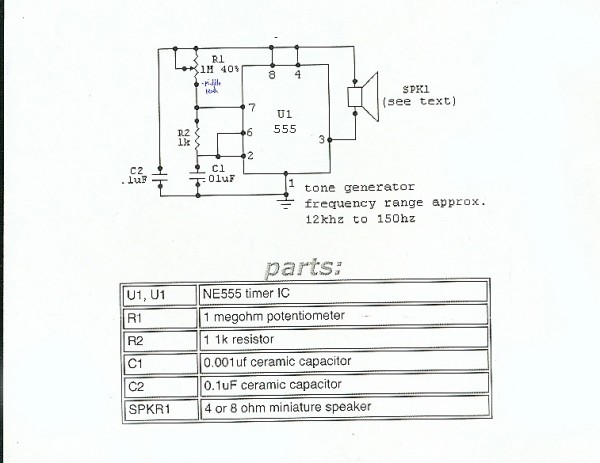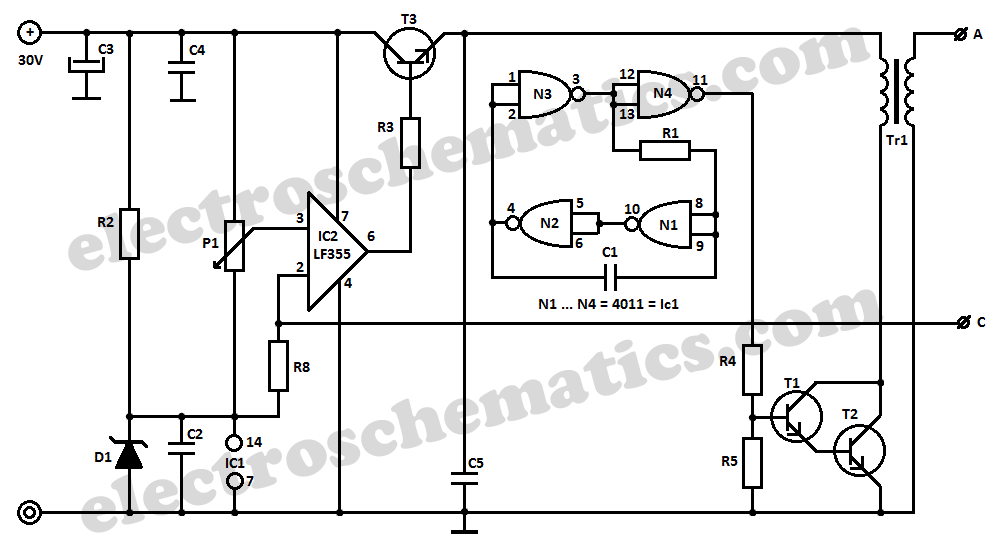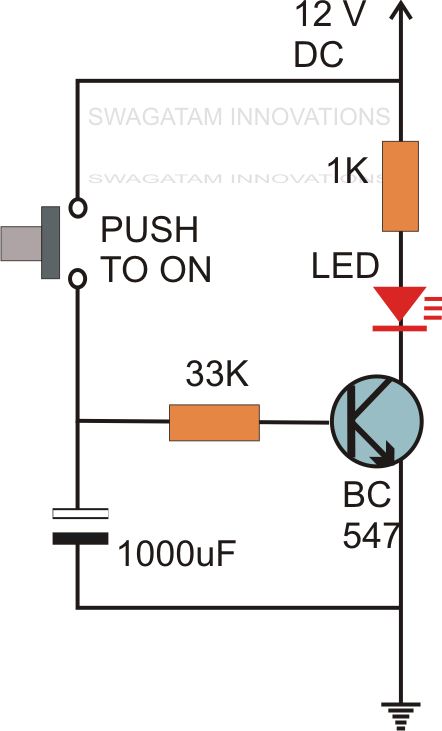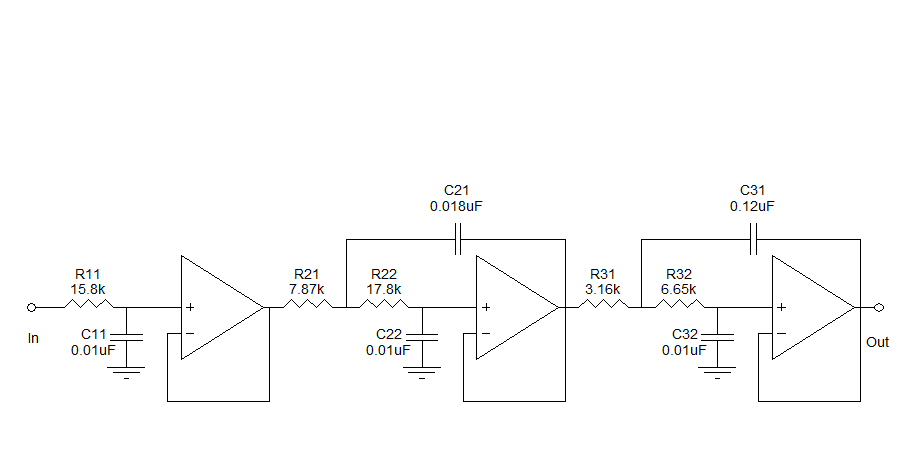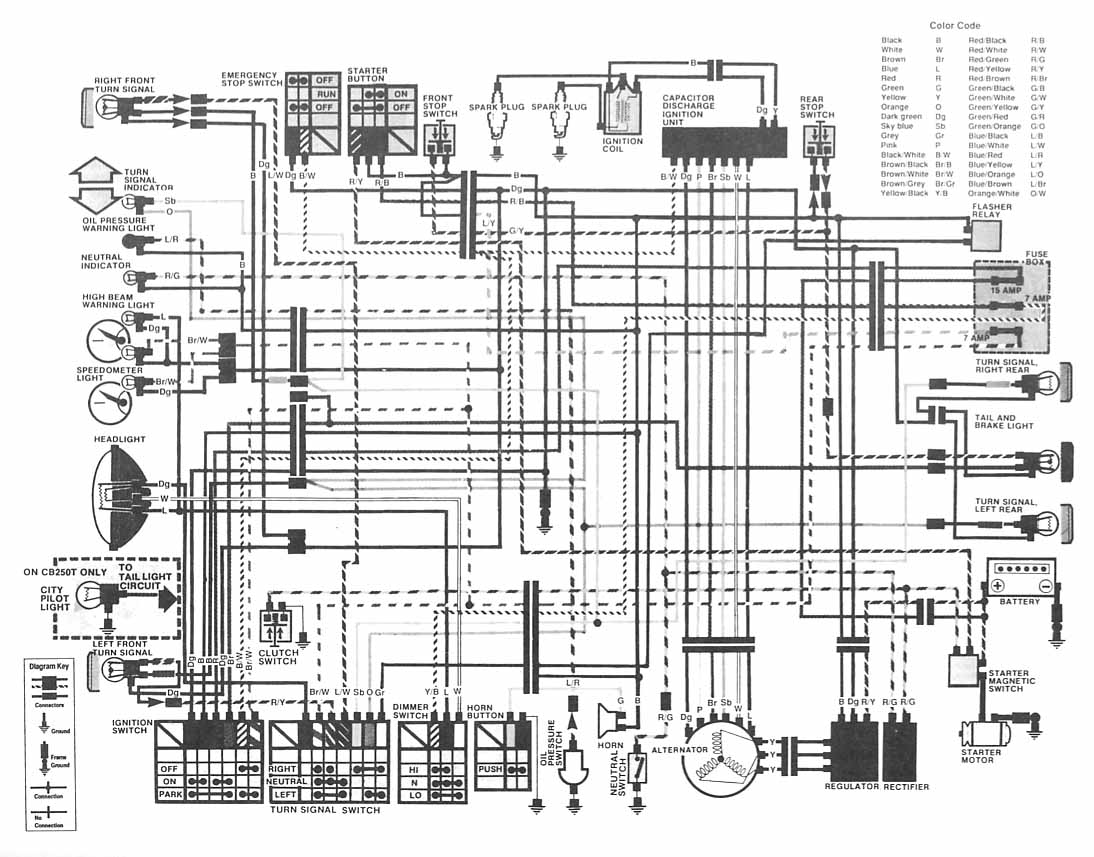
The PLL synthesized oscillator circuit diagram
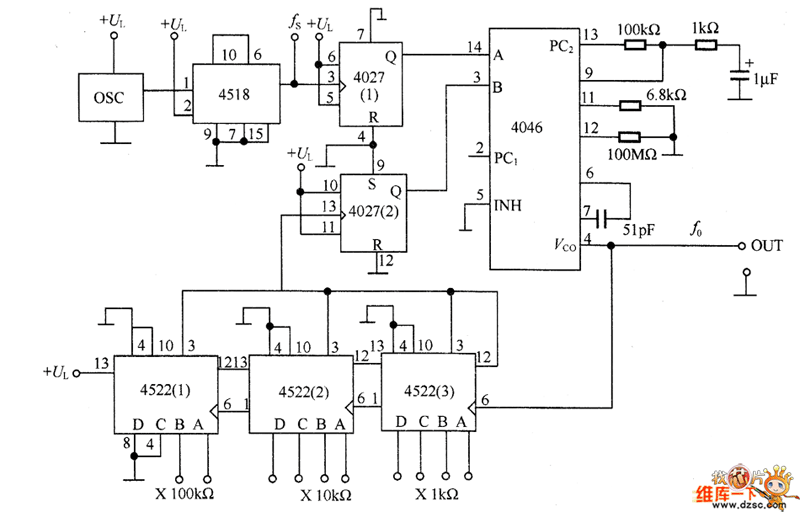
The PLL synthesizer oscillator circuit is a feedback loop consisting of a reference oscillator, phase comparator, loop filter, voltage-controlled oscillator, programmable frequency divider, and various other components. In this circuit, the reference oscillator employs a crystal oscillator (OSC) to output either 1 MHz or 100 kHz, with a division factor of 1/1000 or 1/100 to generate a 1 kHz signal.
The PLL (Phase-Locked Loop) synthesizer oscillator circuit is an essential component in various electronic applications, particularly in communication systems and signal processing. The operation of this circuit begins with the reference oscillator, which typically utilizes a high-stability crystal oscillator to generate a precise frequency. The output frequency can be set to either 1 MHz or 100 kHz, depending on the specific application requirements.
Following the reference oscillator, the phase comparator plays a crucial role by comparing the phase of the reference signal with the output signal from the voltage-controlled oscillator (VCO). This comparison results in an error signal that indicates the phase difference between these two signals. The error signal is then processed by the loop filter, which smooths out the signal to remove high-frequency noise and provides a stable control voltage to the VCO.
The VCO adjusts its output frequency based on the control voltage received from the loop filter. The programmable frequency divider is integrated into the circuit to divide the VCO output frequency down to a level that is suitable for comparison with the reference signal. The division ratio can be programmed to achieve various output frequencies, allowing for flexibility in synthesizing different frequencies as needed.
Overall, the PLL synthesizer oscillator circuit is characterized by its ability to maintain a locked phase relationship between the reference oscillator and the VCO output, thus ensuring frequency stability and accuracy. This functionality makes it invaluable in applications such as frequency modulation, demodulation, and clock generation in digital systems.PLL synthesizer oscillator circuit is a feedback loop composed of reference oscillator, phase comparator, loop filter, voltage controlled oscillator, programmable frequency divider and other components. In the circuit, the reference oscillator uses a crystal oscillator (OSC) to output 1MHz or l00kHz 1/1000 or 1/100 divider and generate 1kHz signal, then it i..
🔗 External reference
The PLL (Phase-Locked Loop) synthesizer oscillator circuit is an essential component in various electronic applications, particularly in communication systems and signal processing. The operation of this circuit begins with the reference oscillator, which typically utilizes a high-stability crystal oscillator to generate a precise frequency. The output frequency can be set to either 1 MHz or 100 kHz, depending on the specific application requirements.
Following the reference oscillator, the phase comparator plays a crucial role by comparing the phase of the reference signal with the output signal from the voltage-controlled oscillator (VCO). This comparison results in an error signal that indicates the phase difference between these two signals. The error signal is then processed by the loop filter, which smooths out the signal to remove high-frequency noise and provides a stable control voltage to the VCO.
The VCO adjusts its output frequency based on the control voltage received from the loop filter. The programmable frequency divider is integrated into the circuit to divide the VCO output frequency down to a level that is suitable for comparison with the reference signal. The division ratio can be programmed to achieve various output frequencies, allowing for flexibility in synthesizing different frequencies as needed.
Overall, the PLL synthesizer oscillator circuit is characterized by its ability to maintain a locked phase relationship between the reference oscillator and the VCO output, thus ensuring frequency stability and accuracy. This functionality makes it invaluable in applications such as frequency modulation, demodulation, and clock generation in digital systems.PLL synthesizer oscillator circuit is a feedback loop composed of reference oscillator, phase comparator, loop filter, voltage controlled oscillator, programmable frequency divider and other components. In the circuit, the reference oscillator uses a crystal oscillator (OSC) to output 1MHz or l00kHz 1/1000 or 1/100 divider and generate 1kHz signal, then it i..
🔗 External reference

